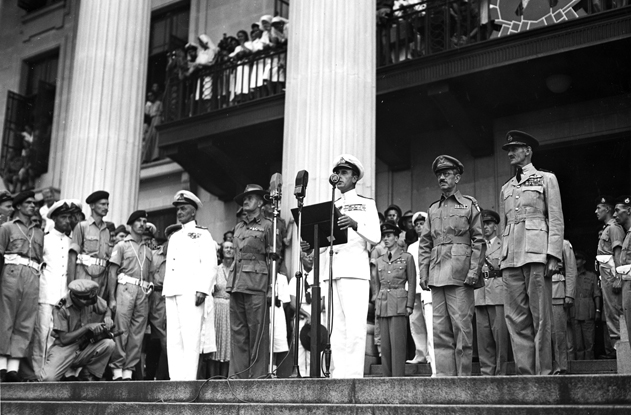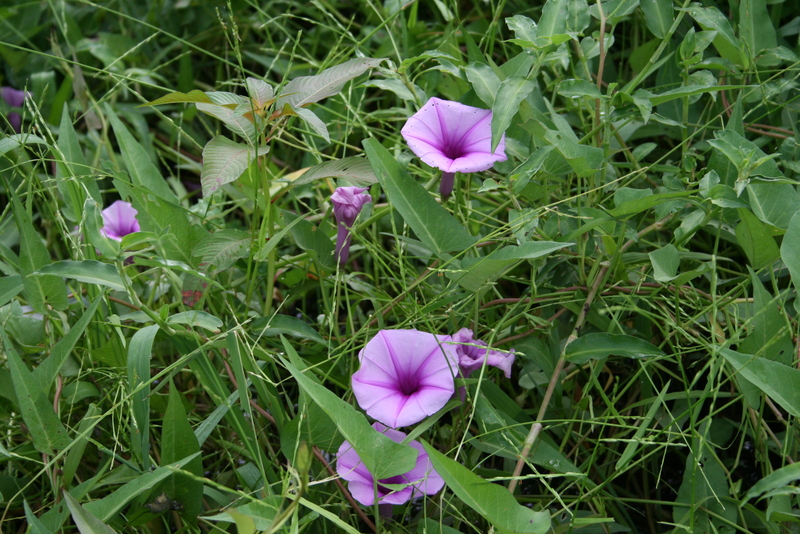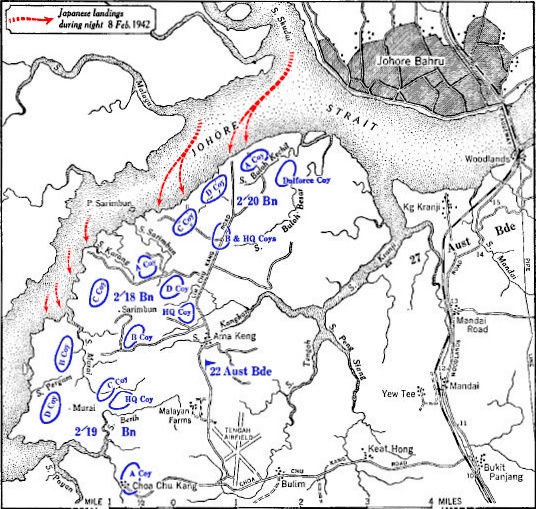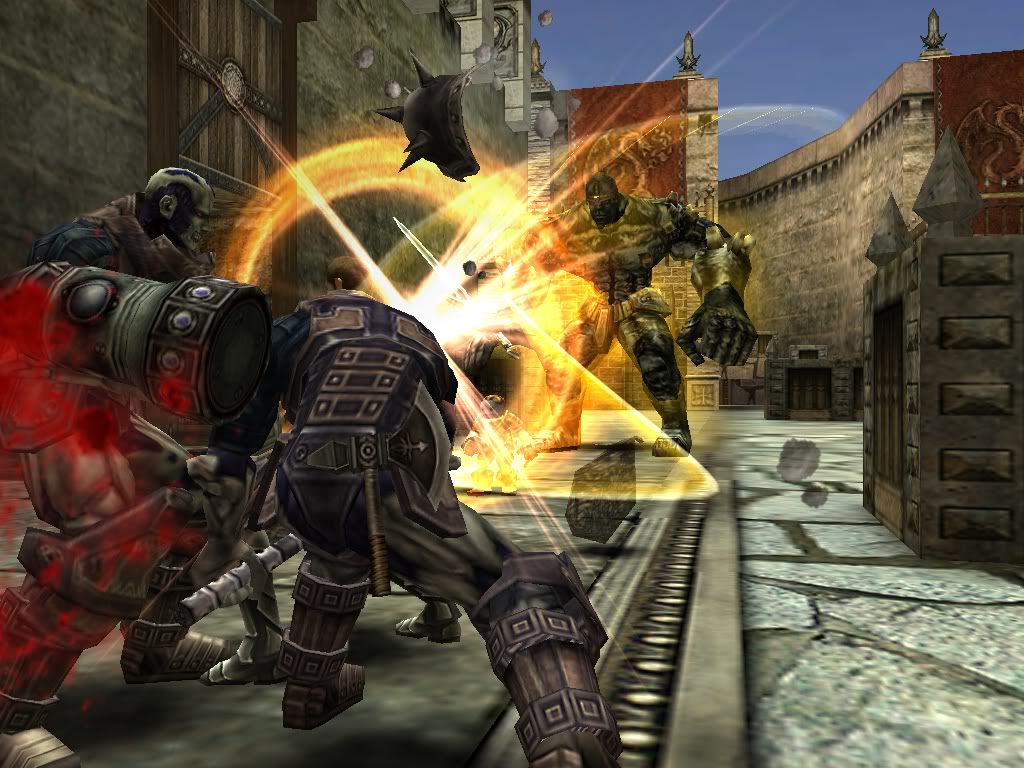The
Battle of Kranji was the second stage of the Empire of Japan's plan for the invasion of Singapore during the Second World War. On 9 February 1942 the Imperial Japanese Army assaulted the north-western front of the British colony of Singapore. Their primary objective was to secure a second beachhead after their successful assault at Sarimbun Beach on 8 February, in order to breach the Jurong-Kranji defence line as part of their southward thrust towards the heart of Singapore City. Defending the shoreline between the Kranji River and the Johor–Singapore Causeway was the Australian 27th Brigade, led by Brigadier Duncan Maxwell, and one irregular company.
On 10 February the Japanese forces suffered their heaviest losses while
moving up the Kranji River, which caused them to panic and nearly
aborted the operation. However, a series of miscommunications and
withdrawals by Allied forces in the ensuing battles allowed the Japanese to swiftly gain strategic footholds, which eventually led to the fall of Singapore on 15 February 1942.

9 February 1942: Japanese landings
On 9 February, two divisions of the Japanese Twenty Fifth Army, led by Lieutenant General Tomoyuki Yamashita, landed on the northwestern coast of Singapore, in the Sarimbun area. Yamashita's headquarters (HQ) was in the Sultan of Johor's palace on Istana Bukit Serene,
which offered him and his officers a bird's eye view of virtually every
key target in the northern sector of Singapore Island, only 1.6
kilometres (one mile) across the Straits of Johor. Sultan Ibrahim's palace was not fired upon by the British because any damage caused would have extensive repercussions for British-Johor ties.
The primary objective of the Japanese at Kranji was to capture Kranji
village; this would let them repair the demolished Causeway in order to
facilitate easy flow of reinforcements and supplies down the roads of Woodlands and Mandai, and to the rest of the island for their vanguard force.
Once the leading wave of Japanese was safely ashore, the massed
Japanese artillery switched their fire to the defensive positions at
Kranji. Telegraph and telephone communications were destroyed in the
bombardment and communications between the front line and command HQ
were broken. At 8:30pm that night, the men of the Imperial Guards
Division began the crossing from Johor in special armoured
landing-crafts, collapsible boats and by swimming.
10 February 1942: Heavy losses
In the early hours of 10 February, Japanese forces suffered their
heaviest losses during the Battle of Singapore. While moving up the
Kranji River, advance landing parties from the 4th Regiment of the
Imperial Guard Division found themselves under heavy fire from
Australian machine gunners and mortar teams. They also found themselves
surrounded by oil slicks, which had been created by Allied personnel
emptying the nearby Woodlands oil depot, to prevent its capture. A
scenario feared by Yamashita came to pass by accident; the oil was set
alight by Allied small arms fire,
causing many Japanese soldiers to be burnt alive. Sustaining heavy
losses, Nishimura requested permission to abandon the operation.
However, Yamashita denied the request.
Maxwell, who had limited communications with his division
headquarters, was concerned that his force would be cut off by fierce
and chaotic fighting at Sarimbun and Jurong to the south west, involving
the Australian 22nd Brigade. Maxwell's force consequently withdrew from
the seafront. This allowed the Japanese to land in increasing strength
and take control of Kranji village. They also captured Woodlands, and
began repairing the causeway, without encountering any Allied attacks.
Japanese light tanks, which had good buoyancy, were towed across the
straits to Lim Chu Kang Road where they joined the battle at dusk.
With reinforced troops and tanks advancing down Choa Chua Kang Road,
the Australian troops were no match for the tanks and fled to the hills
of Bukit Panjang. The 5th Division (Imperial Japanese Army) captured Bukit Timah village by the evening of 11 February.

Aftermath
By 11 February, the Jurong-Kranji Defence Line was left undefended
which allowed the Japanese forces to sweep through the Line to attack
Bukit Timah.
On the same day, Percival finally moved his Combined Operations Headquarters in Sime Road to the underground bunker,
The Battle Box at Fort Canning.
Despite their fighting spirit, the Dalforce fighters suffered from
poor training and the lack of equipment. A further blow was delivered
when the 27th Australian Brigade withdrew southwards. As a result, the
Japanese established a stronghold in the northern Woodlands area and
secured a relatively easy passage into the island.
General Wavell left Singapore for Java early on 11 February and sent a cable to British Prime Minister Winston Churchill in London on his assessment of the war front in Singapore:
Battle for Singapore is not going well... I ordered
Percival to stage counter-attack with all troops possible... Morale of
some troops is not good and none is as high as I should like to see...
The chief troubles are lack of sufficient training in some reinforcing
troops and an inferior complex which bold Japanese tactics and their
command of the air have caused. Everything possible is being done to
produce more offensive spirit and optimistic outlook. But I cannot
pretend that these efforts have been entirely successful up to date. I
have given the most categorical orders that there is to be no thought of
surrender and that all troops are to continue fighting to the end...
By 12 February, the Imperial Guards had captured the reservoirs and Nee Soon
village. The defending troops, by this time, were badly shaken.
Thousands of exhausted and frightened stragglers left the fighting to
seek shelter in large buildings. On the same night, British forces in
the east of the island had begun to withdraw towards the city.
On 13 February, the Japanese 5th Division continued its advance and
reached Adam and Farrer Roads to capture the Sime Road Camp. Yamashita
moved his HQ forward to the bomb-damaged Ford Factory in Bukit Timah. Heading southwards, the Japanese 18th Division advanced into Pasir Panjang, where the last major battle of Singapore would be fought with the Malay Regiments at Bukit Chandu.
 Source:http://en.wikipedia.org/wiki/Battle_of_kranji
Source:http://en.wikipedia.org/wiki/Battle_of_kranji




 (Japanese Rising Sun Flag)
(Japanese Rising Sun Flag) 




 Source:http://en.wikipedia.org/wiki/Operation_Tiderace(Date Accessed:13 Feb 2013)
Source:http://en.wikipedia.org/wiki/Operation_Tiderace(Date Accessed:13 Feb 2013)












